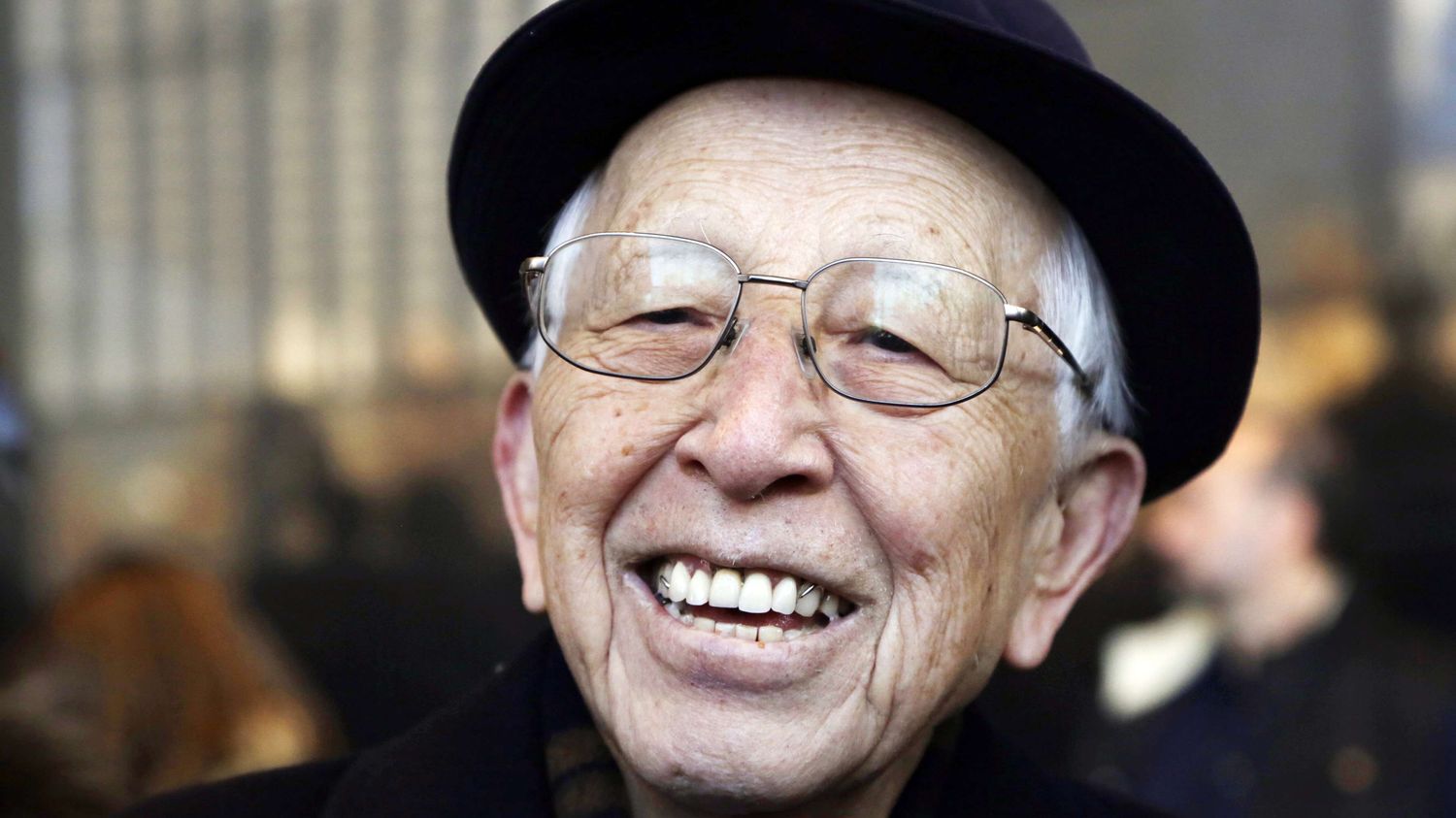The Japanese architect, little known in France, worked on the urban plan for the Châteaucreux business district in Saint-Etienne in the years 2000-2010.

Published
Reading time: 1 min

Fumihiko Maki, Japanese architect who won the prestigious Pritzker Prize in 1993, died Thursday June 6 at the age of 95, his agency announced Wednesday in a press release. Among his many and very varied achievements around the world is one of the office towers forming the new World Trade Center complex rebuilt in New York after the attacks of September 11, 2001 (Four World Trade Center or 4 WTC, 2013).
Maki was also one of the founders of metabolism, an avant-garde Japanese architectural movement of the 1960s which proposed designing buildings as living organisms. Born in Tokyo on September 6, 1928, Fumihiko Maki first studied in Japan with Kenzo Tange, a great master of post-war Japanese architecture, very influenced by Le Corbusier.
The Japanese architect then continued his training in the United States, where he began his career in the 1950s, both as an architect and teacher. Returning to Tokyo in 1965, he founded his own architectural firm, Maki and Associates, which is still in operation today and intends to remain so.
“For me, the most significant creative project is my company, Maki and Associates. It remains a work in progress, constantly evolving by adopting new ideas over time, thus ensuring its longevity”according to a quote from Fumihiko Maki mentioned by his office on Wednesday.
Along with other former disciples of Kenzo Tange such as Kisho Kurokawa (1934-2007) and Kiyonori Kikutake (1928-2011), Fumihiko Maki was one of the authors of the “metabolism manifesto” in 1960, which laid the foundations for a new architecture inspired by the biological principles of growth and regeneration.
This utopian current, which experienced its golden age in the 1960s and 70s, proposed considering architecture as a vital process, with structures integrating harmoniously into the urban environment, but also replaceable or even modular, such as cells.
Unlike other major contemporary Japanese architects, Fumihiko Maki was rather unknown in France, where he was only associated with one project, the urban plan for the Châteaucreux business district in Saint-Etienne. in the years 2000-2010.
